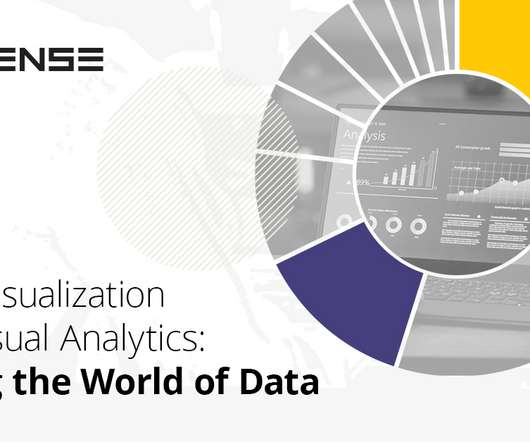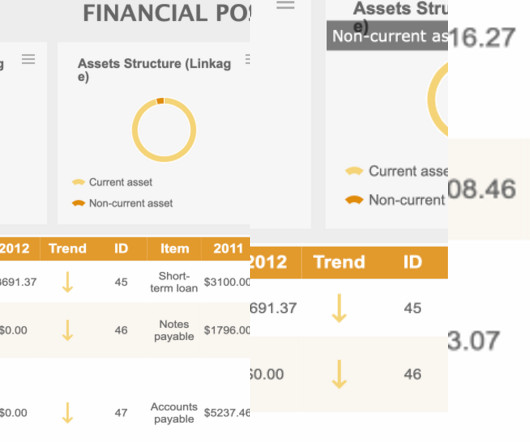Beyond the hype: Do you really need an LLM for your data?
CIO Business Intelligence
FEBRUARY 6, 2025
They promise to revolutionize how we interact with data, generating human-quality text, understanding natural language and transforming data in ways we never thought possible. From automating tedious tasks to unlocking insights from unstructured data, the potential seems limitless. You get the picture.
















Let's personalize your content